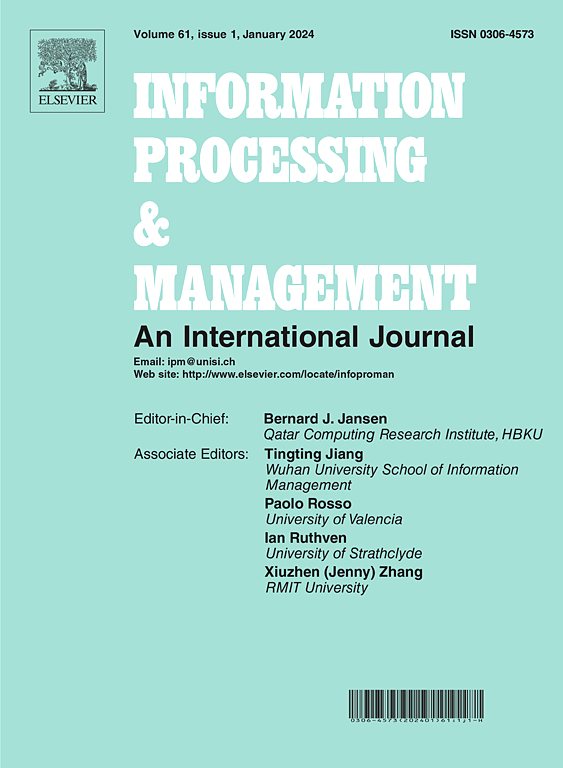基于高斯扩散生成的MSDGD框架打破医学诊断中的数据壁垒
IF 6.9
1区 管理学
Q1 COMPUTER SCIENCE, INFORMATION SYSTEMS
引用次数: 0
摘要
领域知识差距和罕见疾病数据的稀缺对有效利用医疗服务数据(MSD)构成了重大挑战,导致研究质量受损和不知情的医疗决策。为了解决这些限制,我们提出了一种新的基于高斯扩散的MSD生成框架,MSDGD。该框架包括嵌入模块,如对列对交互进行编码的亲子数字编码方案(ParentChild)、揭示隐藏的多列关系的随机列重排算法(RamCol)和用于最佳多行特征提取的空间维度转换策略(DimTrans)。此外,我们还开发了一个新的UNet模型(mssdunet)和一个列关系预测过程,以增强MSDGD的优化。我们执行了三个子实验来评估MSDGD在生成MSD方面的有效性,并在五个指标上评估框架,我们使用(1)没有列关系的模拟表,(2)有列关系的模拟表,甚至(3)来自真实世界的美国慢性病指标数据集的复杂关系表。该表包含40多个列和8x4个类别。实验结果表明,MSDGD在提高医疗服务质量方面具有很大的潜力,错误率降低了97.97%,从而通过生成可靠、多样化的医疗服务数据来促进研究。本文章由计算机程序翻译,如有差异,请以英文原文为准。
Breaking data barriers in medical diagnosis with MSDGD framework based on Gaussian Diffusion Generation
Domain knowledge gaps and scarcity of data on rare medical conditions pose significant challenges to leveraging Medical Service Data (MSD) effectively, resulting in compromised research quality and uninformed medical decision-making. To address these limitations, we propose a novel Gaussian diffusion-based MSD generation framework, MSDGD. This framework includes embedding modules such as the Parents-Children Numerical encoding scheme (ParentChild), which encodes column pair interactions, the Random Column Rearrangement algorithm (RamCol), which uncovers hidden multi-column relationships, and a Spatial Dimensional Transformation strategy (DimTrans) for optimal multi-row feature extraction. Additionally, we develop a new UNet model (MSDUNet) and a column relationship predictive process to enhance MSDGD optimization. We perform three sub-experiments to evaluate the effectiveness of MSDGD in generating MSD, and to assess the framework across five metrics, we use (1) a Simulation Table without Column Relationship, (2) a Simulation Table with Column Relationship, and even (3) a complex relationship table derived from real-world U.S. Chronic Disease Indicators datasets. This table contains more than 40 columns and 8x4 categories. The experimental results indicate that MSDGD has a high potential for improving medical service quality, achieving a 97.97% reduction in errors rate, thus promoting research by generating dependable and diversified generation of medical services data.
求助全文
通过发布文献求助,成功后即可免费获取论文全文。
去求助
来源期刊

Information Processing & Management
工程技术-计算机:信息系统
CiteScore
17.00
自引率
11.60%
发文量
276
审稿时长
39 days
期刊介绍:
Information Processing and Management is dedicated to publishing cutting-edge original research at the convergence of computing and information science. Our scope encompasses theory, methods, and applications across various domains, including advertising, business, health, information science, information technology marketing, and social computing.
We aim to cater to the interests of both primary researchers and practitioners by offering an effective platform for the timely dissemination of advanced and topical issues in this interdisciplinary field. The journal places particular emphasis on original research articles, research survey articles, research method articles, and articles addressing critical applications of research. Join us in advancing knowledge and innovation at the intersection of computing and information science.
 求助内容:
求助内容: 应助结果提醒方式:
应助结果提醒方式:


